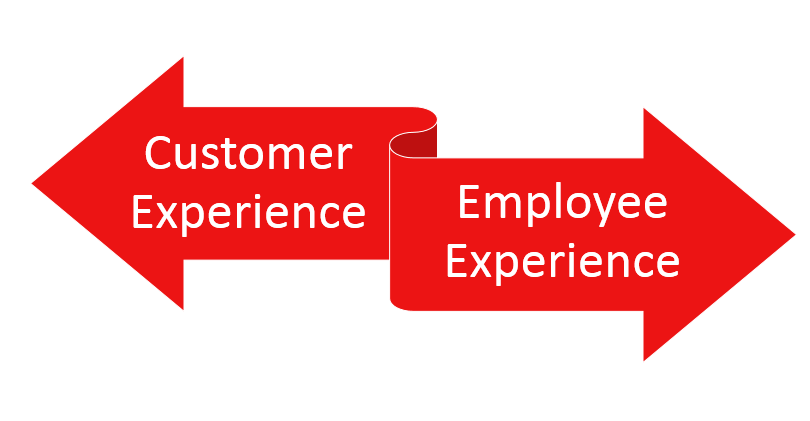
In my previous article Fantastic Four to Improve Customer Satisfaction, I wrote about improving Customer services with blend of Four major ideas.
In this article, I will talk about, How to Reduce Cost through Intelligent allocation of work or intelligent Routing. There’s one big factor that does not given consideration the most yet. That is the Last minute work distribution or Last minute Routing factor. Even in our daily lives, if you get a task out of the blue, or at the eleventh hour, it is considered as not the best way to handle it for both sides.
Scenario in Contact Centers
In enterprises or contact centers, where per resource has to deal with about more than 100 tasks or calls in one shift. You ensure that they are not given calls or tasks when they are about to leave the shift. They may be going to their scheduled breaks. For instance, when you send call or Task to your employee right thirty seconds before scheduled scheduled break. The customer is likely not get great or satisfied customer service as employee is in a hurry. In their state of mind, they would like to wrap it up as soon as possible. Whereas the focus should be for first call resolution, and quick turn-around. It depends on key performance indicator such as up-selling. They will hesitate to go either extra mile to maintain great Customer Experience.
How to Enable intelligence in Routing
To ensure you’re sending calls or interaction or tasks with consideration of employee schedule, you need an intelligent Routing Engine. That Routing to have strong Integration between Automatic call distributor (ACD) and Workforce Management Platform (WFM).
The key here is that your organization or contact center work distribution or Contact Routing solution should optimize best resource available with consideration of resource schedules which are created based on forecast.
How it helps reduce Cost
With such insights, your routing engine will automatically adjust routing calls or interaction to employee. Especially those who just came on shift as opposed to sending it to someone about to leave with customized thresholds. For instance, Based on service level or any other key performance indicator.
Insights into workforce schedules gives routing engine to intelligently distribute workload through customized business objectives to your needs.
This way you have employee leaving on time and can be replaced with next resource efficiently. At the same time it avoids cost of unnecessary adjustments on overtime and employee retention. Further, it improves your first call resolution which is imperative in excellent customer satisfaction, hence reduces cost of multiple calls for the same concern.

Complex schedules and last minute changes impacts Employee engagement. Therefore, this further becomes critical element for seamless customer experience and First call resolution.
Example of Intelligent Routing
As an example, you can set a routing rule that do not send calls with condition. For instance, if the agent is about to leave shift in less than (x) seconds, as your AHT or Average talk time is around in (x) minutes. The same is applied for scheduled breaks or scheduled huddles, coaching or meetings.
This may vary from the nature of line of business you’re currently working on and your Key Performance Indicators. It essentially improves FCR with right resource, which helps achieving Goals.
For more details, write me for any questions or suggestions. I look forward for feedback whether this can be one of unique and contributing factors to Improve Customer experience.
ABOUT AUTHOR:
Jawad Abid is multi-talented Business, Technology and Customer Service Professional with two decades of Experience. He worked with Large Telecoms, Banks & Outsource Service Providers, Startups and Fortune 500 companies in multiple Roles. He’s passionate about Gaining Knowledge on Technologies and How Technologies enable Businesses to Improve Lives. He Share Knowledge in the attempt of giving back to Community.
Check out his Blogs at Blogs Section
You can follow me on:
LinkedIn at Jawad Abid
Twitter at Jawad Abid




